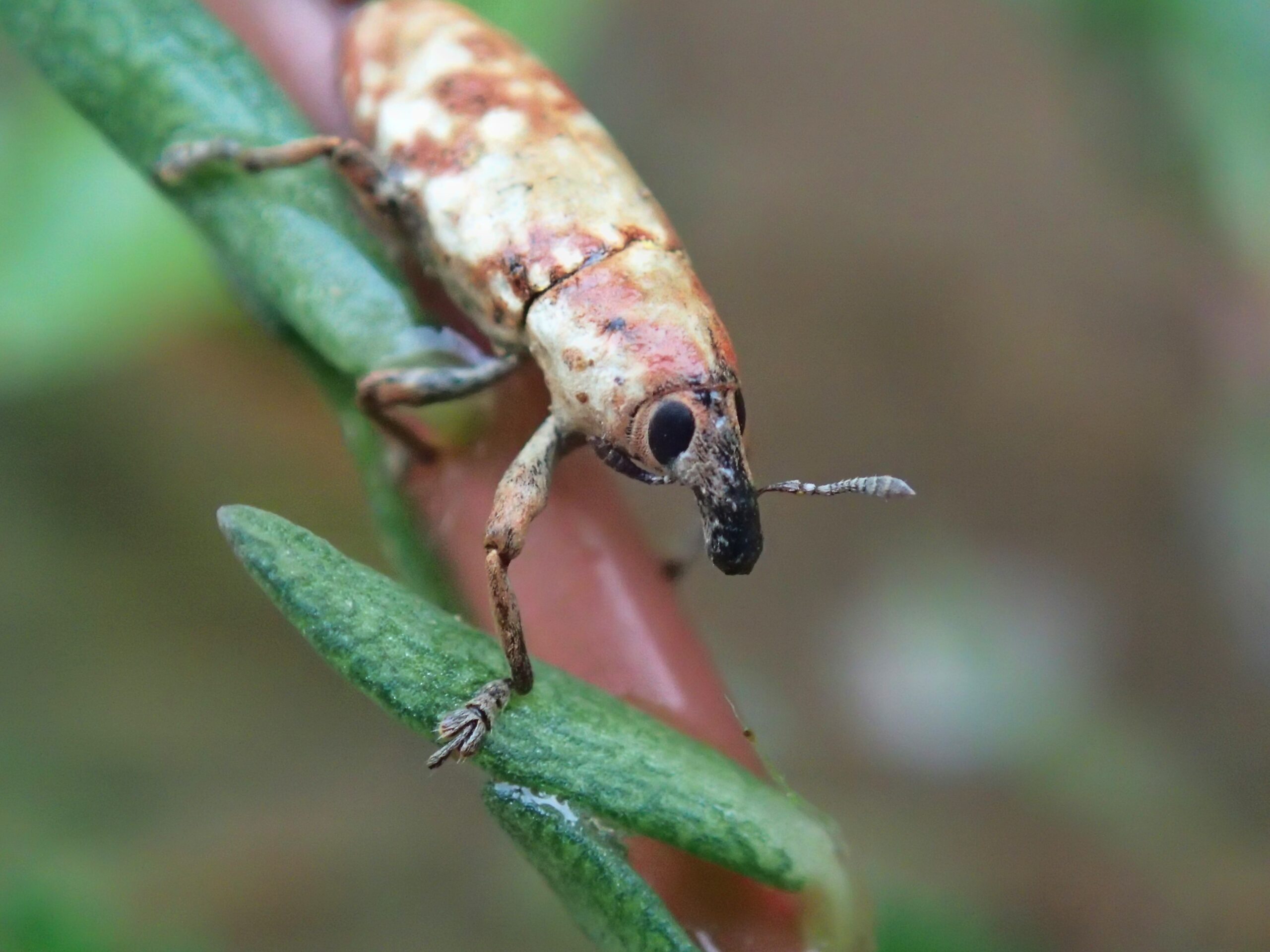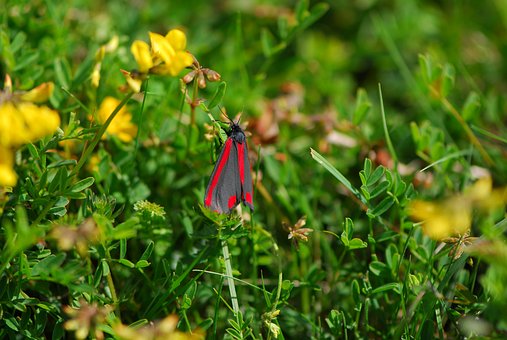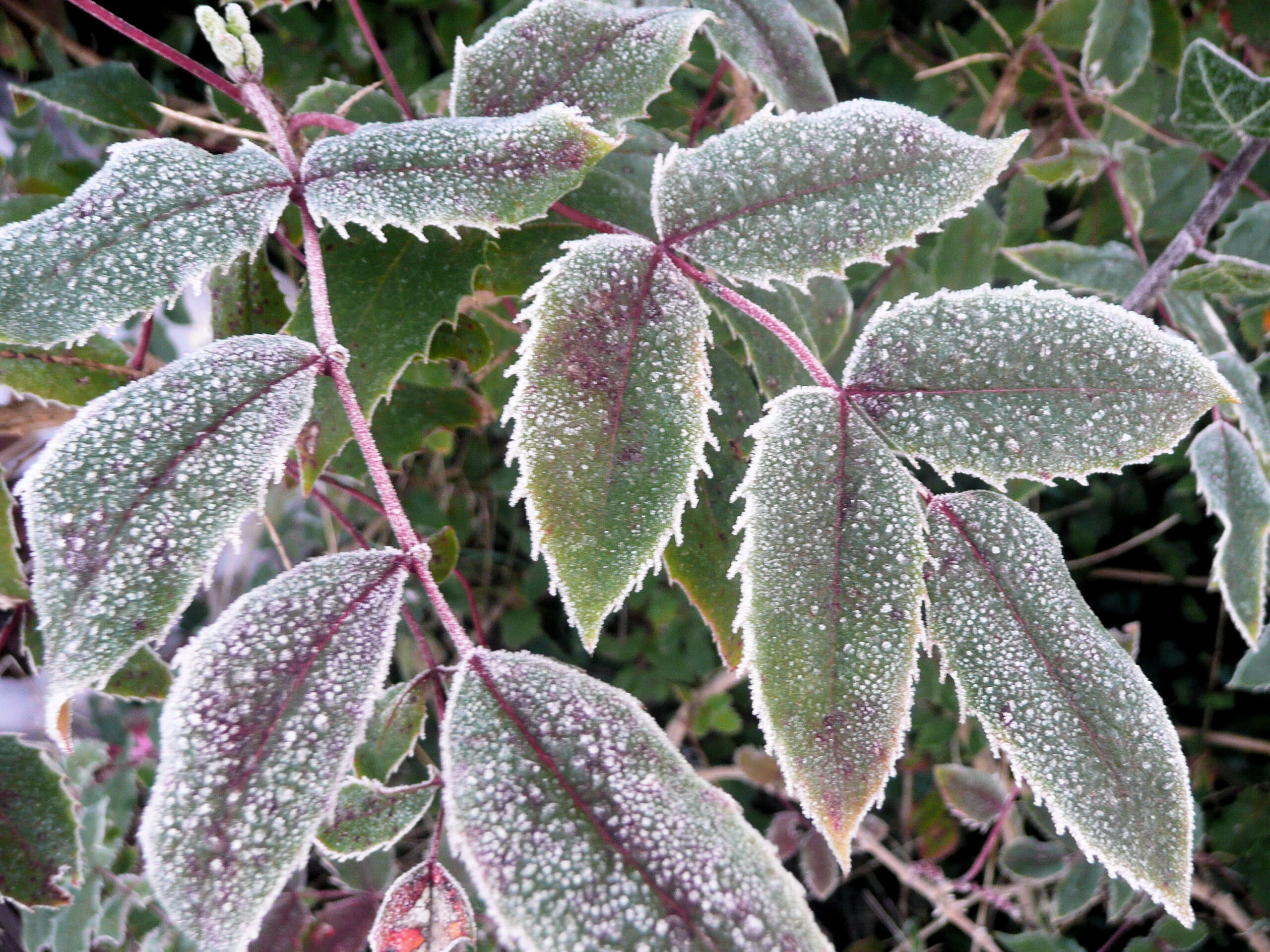By Jessie Walthers, Conservation Program Manager Groundhog Day. Who doesn’t love this most random of…

Biocontrol Systems for Weed Management
Weed management is one of the greatest challenges facing landowners in the west. In Flathead County, weeds spread rapidly and persist on the landscape thanks to relatively moist growing conditions and abundant vectors for transport of seeds. It is the responsibility of individual landowners to manage weeds and prevent their spread on private property. To meet these challenges, land managers utilize a variety of treatment methods, often combining strategies and carefully timing application to have the greatest impact.
The abundance and diversity of weeds is matched by the variety of options available for treatment and management. Mechanical removal (pulling, mowing), grazing, and chemical herbicides are common strategies. Another option is known as “biocontrol” – short for biological control. Biocontrol takes advantage of very specific relationships between insects and their host plants. Insects that specifically target a host plant during part of their life cycle for feeding and/or reproduction can be an effective method of control and eradication of that plant species. Biocontrol systems are most successful when used as part of an integrated weed management plan to reduce invasive weeds and their impacts.
The first use of biocontrol in Montana took place in 1948, when Chrysolina beetles were released on St. Johnswort by the State Entomologist. The 1990s saw a major expansion of biocontrol activities as new systems became available for spotted, diffuse, and Russian knapweeds; leafy spurge; Dalmation and yellow toadflax; musk thistle; and other noxious weeds. Over its history, the regulatory process for biocontrol has become more discriminating and lengthier (http://www.mtbiocontrol.org/history/). Systems are extensively tested, mostly overseas, to ensure that biocontrol systems are specifically targeted and will have no unanticipated, adverse effects . The Montana Biological Control Working Group was convened in 2008 and is charged with developing structure to assist in and improve current methods of biocontrol in Montana. This working group developed the Montana Biocontrol Action Plan in 2015.
The Montana Biological Weed Control Coordination Project (MTBCP) was created in 2013, and their mission is to provide the leadership, coordination, and education necessary to enable land managers across Montana to successfully incorporate biological weed control into their noxious weed management programs. Many biocontrol systems currently exist and are approved for use in the state of Montana, such as:
- Dalmation and Yellow Toadflax Stem Mining Weevils
- Leafy Spurge Flea Beetles and Stem Borers
- Russian Knapweed Gall Wasps and Midges
- Spotted Knapweed Root and Flower Weevils
- Klamathweed Beetles
- Tansy Ragwort Flea Beetle and Cinnabar Moth
- Toadflax Stem Mining Weevil
If you are interested in participating, visit the MTBCP website to learn more about biocontrol systems and check out opportunities for upcoming collections, workshops, and other resources offered to Montana land managers.

OLYMPUS DIGITAL CAMERA 



